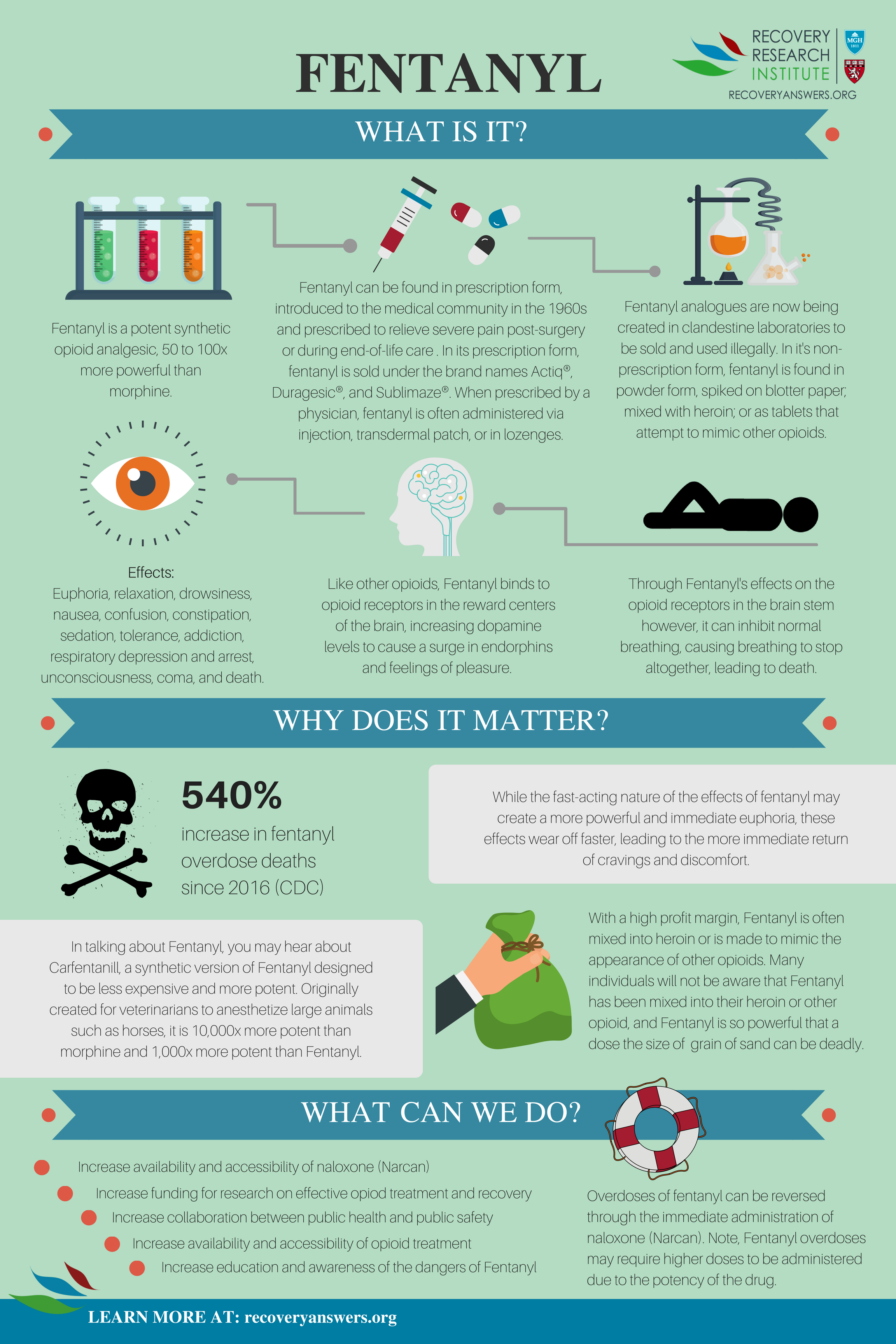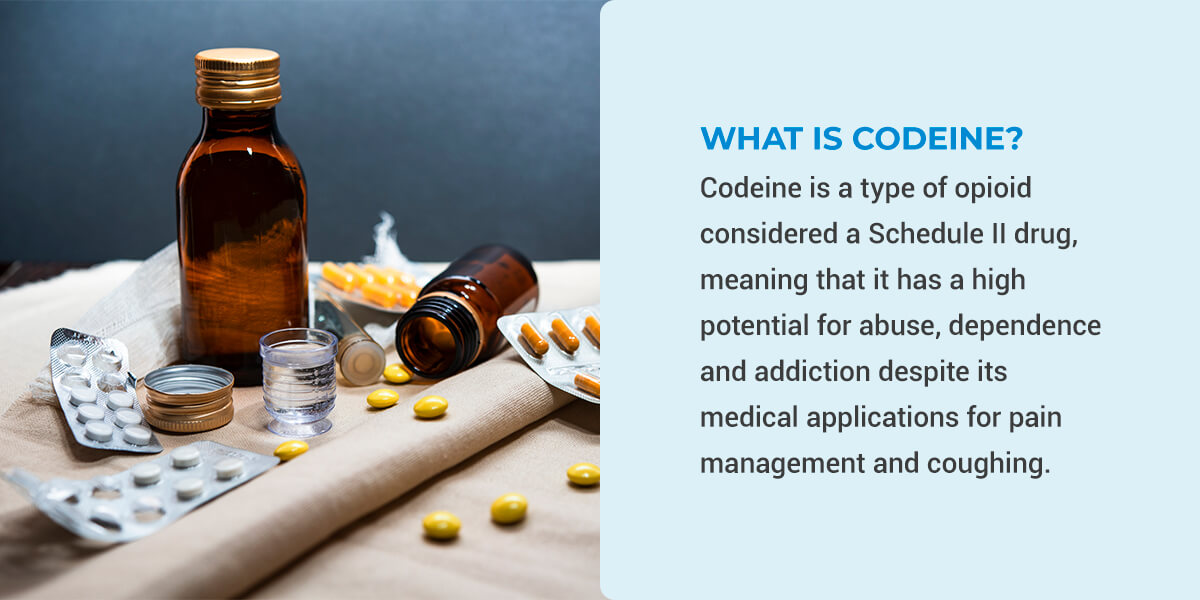
Fentanyl is a synthetic opioid that is much more potent than morphine and other opioid drugs. It is estimated to be 50-100 times more potent than morphine and 30-50 times more potent than heroin. It is a Schedule II prescription drug, and it is used to treat severe pain, such as pain from cancer or surgery. It can also be used in the form of a transdermal patch or lozenge under the brand name Duragesic and in the form of a lollipop under the brand name Actiq.
Fentanyl is also illicitly produced and sold on the streets, often mixed with other drugs such as heroin and cocaine. The illegal use of fentanyl has been linked to a significant increase in opioid overdose deaths in recent years, as the drug is extremely powerful and can cause respiratory depression and death at high doses.
The danger of Fentanyl is that it is often mixed with other substances without the user’s knowledge, and a small amount of this drug can cause an overdose. It is crucial to seek medical attention if you suspect an overdose and to be aware of the signs and symptoms of an overdose, such as difficulty breathing, severe drowsiness, and unresponsiveness.
Medication Assisted Treatment for Fentanyl Addiction
Medication-assisted treatment (MAT) for fentanyl addiction is similar to MAT for heroin addiction, and it involves the use of medications, in combination with counseling and behavioral therapies, to help individuals stop using fentanyl and other opioids. The FDA-approved medications used in MAT for fentanyl addiction include methadone, buprenorphine, and naltrexone.
Methadone is a long-acting opioid that is used to reduce withdrawal symptoms and cravings for fentanyl. It is typically dispensed in a clinic setting and can be taken orally.
Buprenorphine is a partial opioid agonist, which means it produces less intense effects than full opioid agonists like fentanyl. It is used to reduce withdrawal symptoms and cravings and can be prescribed by a qualified physician in an office setting.
Naltrexone is an opioid antagonist, which means it blocks the effects of opioids. It is used to prevent relapse and is typically taken in pill form.
MAT for fentanyl addiction is considered to be an effective treatment option, as it can help to improve treatment retention and reduce the risk of overdose and death. However, due to the potency of fentanyl, it might require a higher dose of MAT medications, and also a close monitoring of the patient’s progress.
It is also important to note that MAT is not a standalone treatment, and it should be accompanied by counseling and behavioral therapies to address the underlying issues and to help the patient develop coping skills and strategies to prevent relapse.


